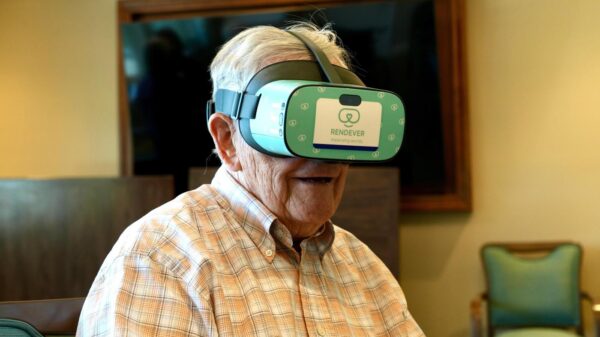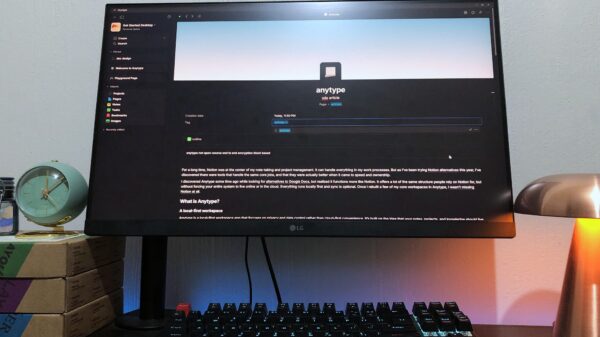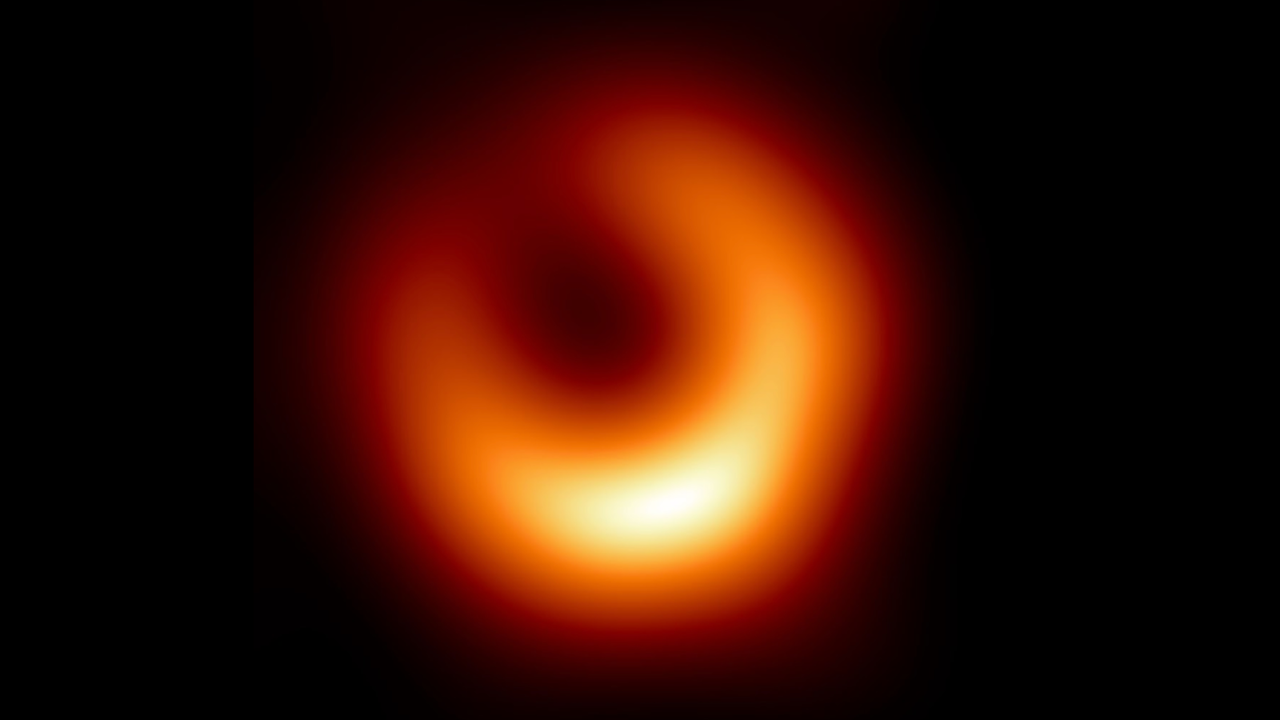A new proposal suggests that a miniature, laser-propelled spacecraft could potentially travel to a nearby black hole, according to astrophysicist Cosimo Bambi from Fudan University. Published on August 7, 2023, this ambitious mission aims to investigate the limits of Albert Einstein‘s theory of general relativity in one of the universe’s most extreme environments.
Bambi’s concept, which may initially sound like science fiction, is grounded in physics. He expressed optimism about the possibility, stating, “It may sound really crazy, and in a sense closer to science fiction. But people said we’d never detect gravitational waves because they’re too weak. We did—100 years later.” He also pointed to the recent ability to capture images of black holes as evidence that such missions are within reach.
The proposed mission involves launching one or more tiny spacecraft, referred to as “nanocrafts,” to orbit a black hole located approximately 20 to 25 light-years from Earth. Each nanocraft would weigh no more than a paperclip and be equipped with sensors and a light sail. Using powerful ground-based lasers, these spacecraft could achieve speeds of nearly a third of the speed of light. At this velocity, a nanocraft could reach its target in about 60 to 75 years, with data transmission back to Earth taking an additional 20 to 25 years, resulting in a total mission duration of nearly a century.
One of the primary objectives of the mission is to determine if black holes possess event horizons, the theoretical boundaries that prevent anything from escaping their gravitational pull. While general relativity predicts their existence, they have never been directly confirmed. In Bambi’s plan, one nanocraft would observe another as it approaches the black hole. If an event horizon exists, the signal from the falling probe would gradually redshift and fade, aligning with Einstein’s predictions. Conversely, if the black hole is a “fuzzball,” a theoretical concept lacking an event horizon, the signal could disappear more abruptly, suggesting new physics.
“This mission could yield valuable information about black holes and general relativity that may be difficult to obtain through other means,” Bambi noted in his paper.
For the mission to be feasible, two significant advancements are necessary: the discovery of a sufficiently close black hole and the development of laser propulsion systems and miniature spacecraft capable of surviving interstellar travel. Currently, the closest known black hole, Gaia BH1, is over 1,500 light-years away. However, stellar evolution models indicate that an undetected black hole may exist within the proposed 20 to 25 light-year range. Bambi expressed confidence, stating, “I think it’s reasonable to expect we could find a nearby one within the next decade.”
At present, constructing the required laser array would cost approximately $1.1 trillion, a figure that exceeds current scientific budgets. Yet, with advancements in technology, Bambi projects that the cost could decrease to around €1 billion within 30 years, making it comparable to current flagship space missions.
“We don’t have the technology now,” Bambi acknowledged. “But in 20 or 30 years, we might.”
If a black hole is located within the specified distance, Bambi believes that it is only a matter of time before the necessary technology is developed to send a probe to explore it. His paper on this innovative proposal was published in the journal iScience, contributing to ongoing discussions about the future of space exploration and our understanding of black holes.







































































